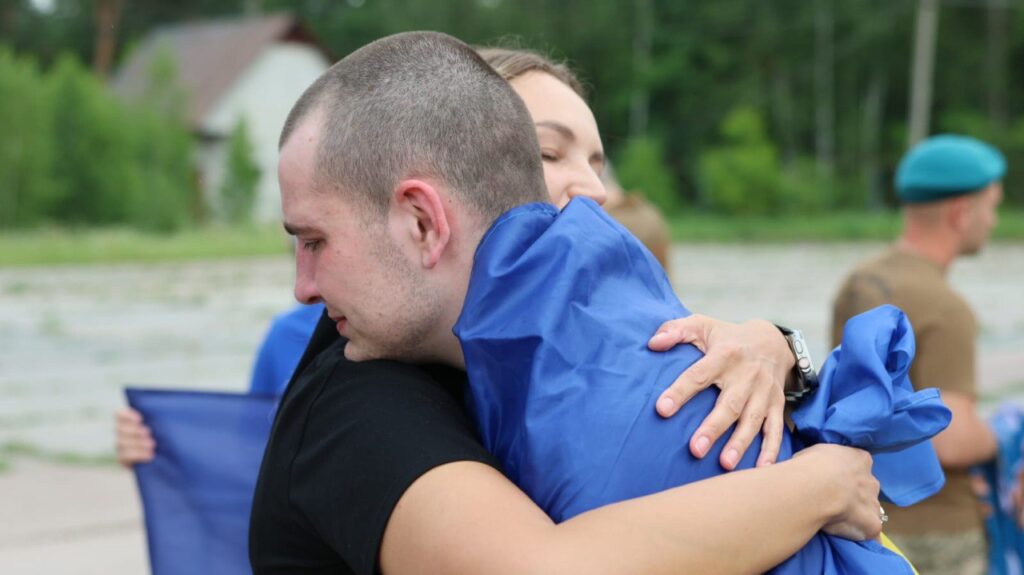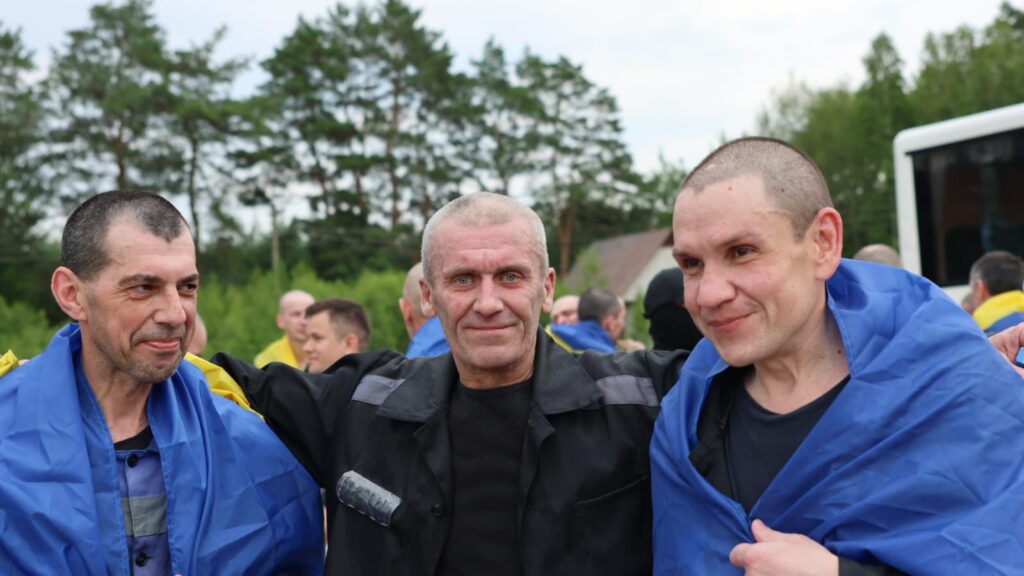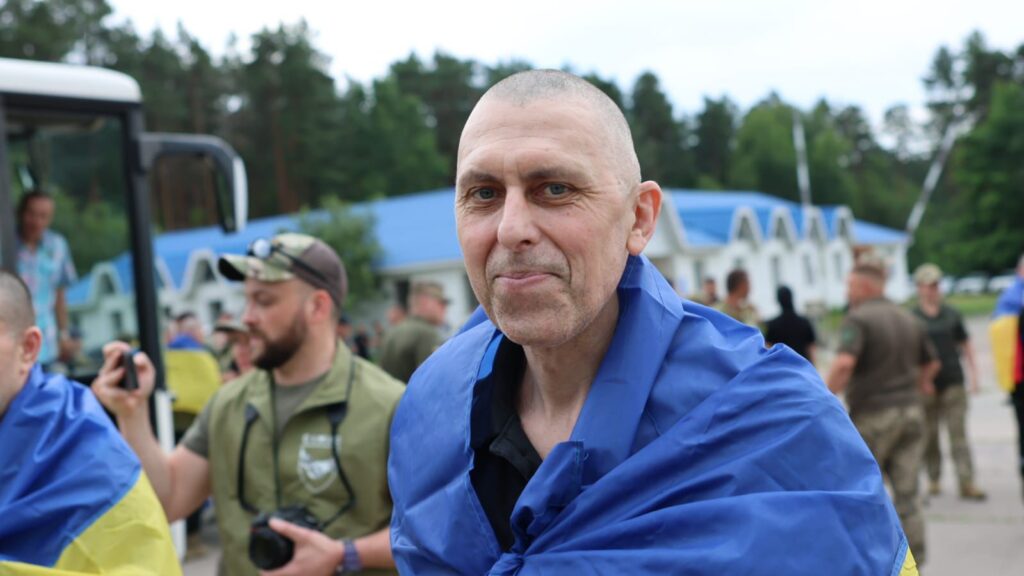Seriously wounded Ukrainian POWs return home from Russian captivity filled with torture

Ukraine and Russia conducted another prisoner exchange on 4 July, with both countries releasing military personnel under 25 years old, wounded and seriously ill defenders, and civilians.
How many prisoners came home this time? Ukrainian officials aren’t saying yet, but say they’ll announce the exact numbers once all exchange phases wrap up.
The released Ukrainians included some of the war’s youngest defenders—soldiers barely out of their teens alongside seasoned veterans. The youngest freed defender was just 20 years old. The oldest: 59.
Ukraine returns seriously injured and soldiers under 25 in a new prisoner exchange on 4 July.
— Euromaidan Press (@EuromaidanPress) July 4, 2025
The released include Mariupol defenders captured in 2022 during the port city's three months siege. The youngest freed defender is just 20 years old. The oldest: 59.
More than 95% of… pic.twitter.com/2PvI01QhaT
Who exactly came back? Soldiers from Ukraine’s Armed Forces, National Guard, border guards, and transport security services. But this exchange also freed civilians—people caught up in Russia’s detention system who weren’t combatants at all.

Soldiers who spent three years in captivity finally home
Among those walking free were defenders of Mariupol, the port city that became synonymous with Ukrainian resistance. These soldiers had been in Russian custody since 2022, when the city finally fell after months of siege.
How long had most been held? More than three years, according to the Coordination Headquarters for the Treatment of Prisoners of War. The released fighters had defended positions across Ukraine’s eastern and southern fronts—Donetsk, Kharkiv, Luhansk, and Kherson.




Russia creates fake diplomatic progress
The freed Ukrainians will undergo medical screening and receive rehabilitation support, both physical and psychological. They’ll also get back pay covering their entire time in captivity.
Will the Istanbul approach continue? Both sides appear committed to the framework, which has produced more regular exchanges than previous negotiation attempts. The focus on categories rather than raw numbers seems to have broken through earlier deadlocks.

Meanwhile, President Volodymyr Zelenskyy accused Russia of weaponizing prisoner exchanges to create fake diplomatic progress that delays new sanctions and weakens US support for Ukraine.
He warns Moscow uses these swaps and prolonged talks like those in Istanbul to buy time while continuing military operations, exploiting a major sanctions loophole that lets Russia keep producing nuclear-capable “Oreshnik” intercontinental ballistic missiles through unsanctioned companies.
Read also
-
Zelenskyy: Russia using prisoner exchanges to delay sanctions, weaken US-Ukraine ties
-
New prisoner exchange of seriously wounded: Ukrainian soldier celebrates birthday upon release from Russian captivity
-
Ukraine and Russia to exchange prisoners of war this weekend — only result of Istanbul peace talks